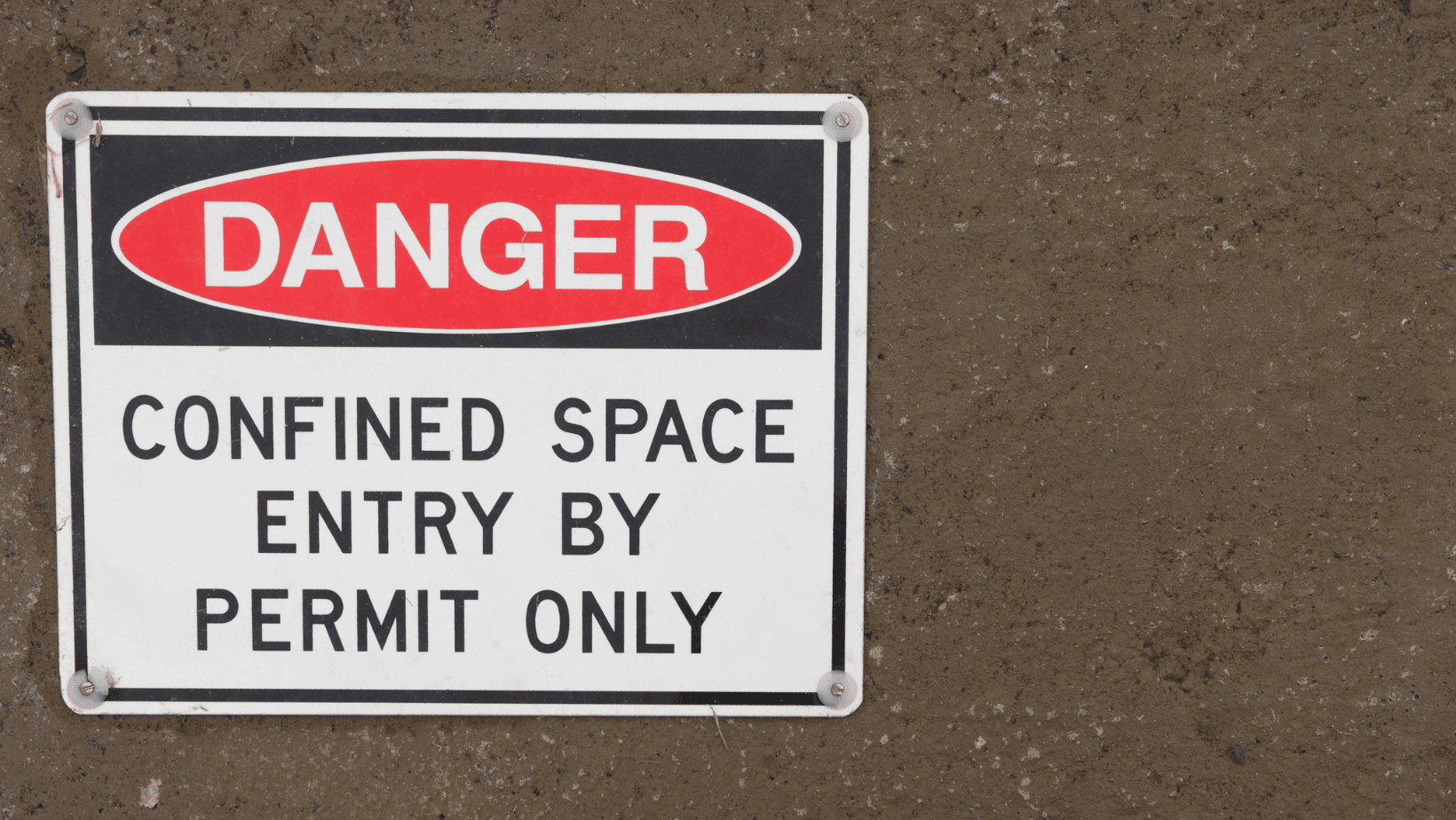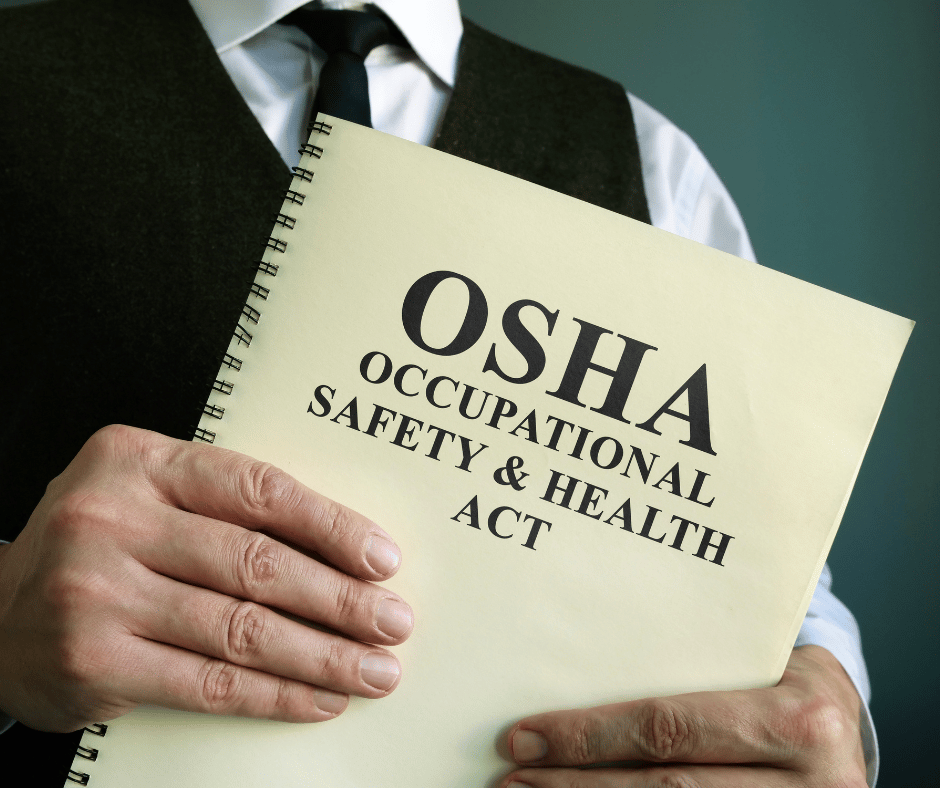
20 Jun What Exactly Is a Confined Space?
Confined spaces are found in many places, both at work and at home. But what exactly is a confined space? And more importantly, what do you need to know before working in or entering one? This article will discuss the definition of a confined space and some of the associated hazards. We’ll also provide tips for safely working in and entering confined spaces.
What Is a Confined Space According to OSHA Regulations?
According to the Occupational Safety and Health Administration (OSHA), a confined space is substantially restricted in terms of entry or exit, which isn’t intended for prolonged occupancy, and where serious physical injury could occur from dangerous atmospheric conditions like asphyxiation, entrapment, or engulfment. Confined spaces can be found in various workplaces, including factories, tanks, pipes, and sewers. Confined spaces consist of, but aren’t limited to:
- Pipeline chambers.
- Manholes.
- Building utility shafts.
- Reactors.
- Ductwork.
- Mines.
- Tunnels.
- Silos.
- Vats.
- Boilers.
- Elevator pits.
- Pits.
- Caissons.
What Are the Three Types of OSHA Confined Spaces?
It’s important to know that not all confined spaces are equal. OSHA defines three types of confined spaces, each with its dangers and safety concerns.
Permit-Required Confined Spaces (PRCS)
These are confined spaces that have the following characteristics:
- Has floors that incline downward and taper off into a smaller space or walls that converge inward, which could asphyxiate or trap an entrant.
- Contains a material that can engulf an entrant.
- It contains or has the potential to contain a hazardous atmosphere.
- Contains any known serious health or safety hazard.
Non-Permit Confined Spaces
These confined spaces don’t have any of the characteristics of a permit-required confined space. Consequently, there is no potential for an atmospheric hazard, and any hazards present can be controlled without special ventilation or entry/exit procedures.
Limited Permit-Required Confined Space
This confined space has some features of both a non-permit-required confined space and a permit-required confined space. This means there is potential for an atmospheric hazard, but the risks can be controlled with special ventilation and/or entry/exit procedures.
How To Identify a Confined Space
There are a few ways to identify confined spaces. The first is to look for any space that meets the above OSHA definition. This can be anything from storage tanks and reactors to utility holes and elevator pits.
Another way to identify confined spaces is to look for signs or placards that say “confined space” or “restricted area.” These are usually posted at the entrance to the space.
If you’re still not sure if the space is a confined space, you can always ask a supervisor or safety professional.
How To Safely Work In or Enter a Confined Space
Confined spaces pose some hazards to workers. To stay safe while working in or entering a confined space, it’s important to follow some basic safety guidelines, such as:
- Assess the risks and hazards associated with the space before entering.
- Follow all safety protocols and procedures.
- Wear proper personal protective equipment (PPE).
- Monitor the space for changes in conditions.
- If you’re ever unsure about something, consult with a supervisor.
At Pros Services, the safety of workers is always our top priority. We specialize in confined space rescue services and are always happy to help. If you have any questions or concerns, please don’t hesitate to contact us.


